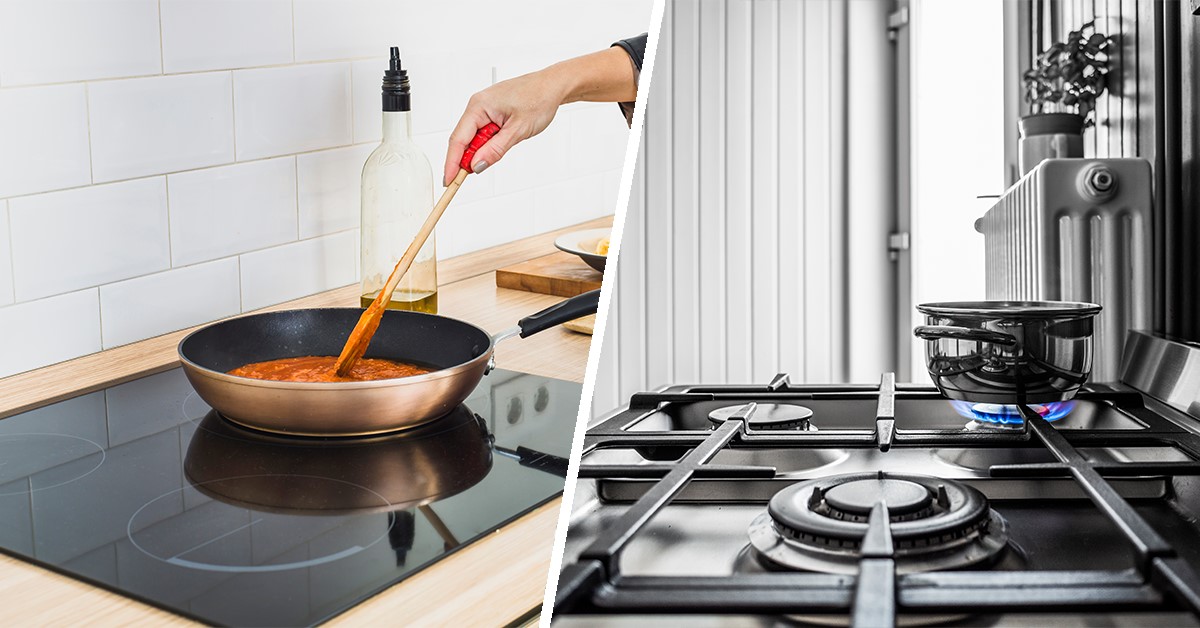

Articles
What Are Stove Burners Called
Modified: December 7, 2023
Discover what these essential kitchen components are commonly known as and explore in-depth articles about stove burners. Gain insights into their functionality, maintenance tips, and troubleshooting techniques.
(Many of the links in this article redirect to a specific reviewed product. Your purchase of these products through affiliate links helps to generate commission for Storables.com, at no extra cost. Learn more)
Introduction
When it comes to cooking, the stove is an essential appliance in every kitchen. It allows us to prepare delicious meals with ease and precision. One key component of a stove that plays a crucial role in the cooking process is the stove burner. Stove burners are responsible for generating the heat necessary to cook our food.
Have you ever wondered what stove burners are called? In this article, we will explore the different types of stove burners, their features, and how they work. Whether you have a gas stove, electric stove, or induction stove, understanding the type of burner you have can help you optimize your cooking experience.
So, let’s dive in and discover what these important elements of our stoves are called!
Key Takeaways:
- Gas burners offer precise heat control, even heat distribution, and quick temperature changes, making them a top choice for professional chefs and cooking enthusiasts alike.
- Electric burners provide a user-friendly experience, easy cleaning, and consistent heat distribution, catering to a wide range of cooking needs in modern kitchens.
Definition of Stove Burners
To understand what stove burners are, let’s start with a simple definition. Stove burners are the heat-emitting components on the top surface of a stove that provide the necessary heat for cooking. They are designed to distribute heat evenly and efficiently to cookware placed on top of them.
Stove burners are typically round or square-shaped elements with various sizes, depending on the type and model of the stove. They are made from materials that can withstand high temperatures, such as cast iron, stainless steel, or ceramic.
The primary function of stove burners is to convert a fuel source (gas, electricity, or magnetic fields in the case of induction) into heat energy. This heat energy is then transferred to the cookware, allowing food to be cooked, boiled, fried, or simmered.
Now that we have a clear understanding of what stove burners are let’s explore the different types of stove burners found in modern kitchen appliances.
Types of Stove Burners
Stove burners come in different types, each with its own unique features and advantages. Let’s take a closer look at the most common types of stove burners:
- Gas Burners: Gas burners are commonly found in traditional gas stoves. They rely on a gas fuel source, such as natural gas or propane, to produce a flame that generates heat. Gas burners offer precise heat control, allowing you to adjust the flame intensity quickly. They are preferred by many professional chefs because of their ability to rapidly heat and cool. Gas burners provide even heat distribution and are well-suited for various cooking techniques, including stir-frying and simmering.
- Electric Burners: Electric burners are found in electric stoves and are powered by electricity. They consist of heating elements made of coiled metal or smooth glass-ceramic surfaces. Electric burners heat up slowly but provide consistent heat once they reach the desired temperature. They offer a flat cooking surface, making them easy to clean. Electric burners are generally more affordable compared to gas burners and are a popular choice for residential kitchens.
- Induction Burners: Induction burners are a relatively newer technology in stove burners. They operate by creating a magnetic field that induces heat directly in the cookware. Unlike gas and electric burners, induction burners do not generate heat on the surface, making them safer and more energy-efficient. Induction burners heat up quickly and provide precise control over temperature. However, they require the use of induction-compatible cookware made of ferrous metals like cast iron or stainless steel.
These are the three main types of stove burners commonly found in modern kitchen appliances. Each type offers distinct advantages, so choosing the right one depends on your cooking preferences, budget, and the features that are important to you.
Gas Burners
Gas burners are a popular and traditional choice for many cooking enthusiasts. They are commonly found in gas stoves and offer several advantages that make them a preferred option in both residential and professional kitchens.
One of the key advantages of gas burners is their precise heat control. With a gas burner, you can easily adjust the flame intensity by turning a knob, allowing for quick temperature changes. This level of control is particularly useful for cooking techniques that require rapid changes in heat, such as stir-frying or sautéing.
Gas burners also provide even heat distribution, ensuring that your food cooks uniformly. The flame generated by the burner spreads across the bottom of the cookware, allowing for efficient heat transfer. This feature is crucial for achieving optimal cooking results and preventing hot spots.
In addition to precise control and even heat distribution, gas burners offer quick heat-up and cool-down times. When you turn on a gas burner, it instantly ignites, reaching the desired temperature within seconds. Similarly, when you turn it off, the flame extinguishes instantly, allowing for immediate cooling and reducing the risk of accidental burns.
Gas burners are versatile and compatible with a wide range of cookware materials. They can accommodate various pot and pan sizes, making them suitable for different types of recipes and cooking styles. Whether you’re using stainless steel, cast iron, or non-stick cookware, gas burners can provide consistent and reliable heat.
Moreover, gas burners are not as susceptible to power outages or electrical malfunctions, making them a reliable cooking option even during unexpected situations. As long as you have a supply of gas, you can continue cooking your meals without reliance on electricity.
However, it’s important to keep in mind that gas burners require proper ventilation to ensure safe and efficient operation. Good airflow helps prevent the buildup of gas fumes and carbon monoxide, ensuring a healthy cooking environment.
Overall, gas burners offer precise control, even heat distribution, quick temperature changes, and compatibility with various cookware materials. These qualities, combined with their reliability, make them a popular choice for cooking enthusiasts.
Stove burners are also known as stove top elements or stove top burners. They are the heating elements on the top of a stove used for cooking.
Electric Burners
Electric burners are a common feature in many modern kitchens. These burners are powered by electricity and are typically found in electric stoves. While they offer a different cooking experience compared to gas burners, they come with their own set of advantages that make them a popular choice.
One of the key advantages of electric burners is their ease of use. With just the turn of a knob or the press of a button, electric burners can be activated and adjusted to the desired heat level. This simplicity makes them user-friendly and accessible, even for novice cooks.
Electric burners provide a flat, smooth cooking surface, which offers several benefits. Firstly, this surface is easier to clean and maintain compared to gas burners. Spills and splatters are less likely to seep into the burner components, making cleanup a breeze. Secondly, the flat surface provides stability for cookware, ensuring that pots and pans are securely placed and do not wobble during cooking.
Another advantage of electric burners is their consistent heat distribution. Once they reach the desired temperature, electric burners provide a steady and even heat source. This can be particularly useful when cooking dishes that require a precise and constant temperature, such as simmering sauces or melting chocolate.
Electric burners also come in different types, such as coil burners and smooth glass-ceramic burners. Coil burners consist of coiled metal elements that heat up when electricity passes through them. They are often more affordable and are known for their durability. On the other hand, smooth glass-ceramic burners offer a sleek and modern appearance, and their smooth surface is easy to clean.
While electric burners offer many advantages, they do have some limitations to consider. One drawback is that they can take longer to heat up compared to gas burners. This slower heat-up time may require some adjustment to your cooking routine. Additionally, electric burners can retain heat for a longer period, which may increase the risk of accidental burns if not handled with caution.
Overall, electric burners offer ease of use, a flat cooking surface, consistent heat distribution, and different types to choose from. They are a popular choice for many kitchens, providing reliable cooking performance and an accessible cooking experience.
Read more: What Are Stove Burners Made Of
Induction Burners
Induction burners are a revolutionary type of stove burner that has gained popularity in recent years. Unlike gas or electric burners, which rely on heat transfer through direct contact with the cookware, induction burners use magnetic fields to heat the cookware itself.
One of the standout features of induction burners is their incredible speed and efficiency. Because they heat the cookware directly, induction burners can heat up significantly faster than gas or electric burners. This rapid heating allows for quicker cooking times and more precise temperature control, making them a favorite among professional chefs.
Induction burners also offer exceptional heat control. With precise temperature adjustments, you can achieve accurate and consistent cooking results. The ability to quickly switch between high heat and low simmer settings makes induction burners ideal for a wide range of cooking techniques, from searing meat to gently melting chocolate.
Another advantage of induction burners is their energy efficiency. Since induction technology only heats the cookware and not the surrounding surface, less heat is wasted, resulting in reduced energy consumption. This efficiency not only saves you money on electricity bills but also contributes to a more sustainable kitchen.
Safety is another significant benefit of induction burners. Unlike gas burners that produce an open flame or electric burners that generate heat on the surface, induction burners remain relatively cool to the touch. The heat is generated directly in the cookware, leaving the surrounding surface cooler and reducing the risk of accidental burns or fires. This safety feature is particularly important in households with children or pets.
However, it is essential to note that induction burners require the use of induction-compatible cookware. These cookware items must be made of magnetic materials, such as cast iron or stainless steel, in order to work effectively on induction burners. Non-magnetic materials, such as aluminum or copper, will not heat up on an induction burner.
Overall, induction burners offer incredible speed, precise heat control, energy efficiency, and enhanced safety features. While they require specific cookware, their cutting-edge technology and superior performance make them a popular choice for those looking for a modern and efficient cooking experience.
Conclusion
Stove burners are the vital components of our kitchen appliances that provide the heat necessary for cooking. Whether you have a gas, electric, or induction stove, understanding the different types of stove burners can help you optimize your cooking experience.
Gas burners offer precise heat control, even heat distribution, and rapid heating and cooling capabilities, making them a preferred choice for many professional chefs. Electric burners, on the other hand, provide an easy-to-use and flat cooking surface, with consistent heat distribution for various cooking needs.
Induction burners, a newer technology, offer unparalleled speed and efficiency. They heat the cookware directly through magnetic fields, providing rapid and precise heat control. Induction burners are also energy-efficient and have enhanced safety features.
Each type of stove burner has its own advantages and considerations, so it’s important to consider your cooking preferences, budget, and specific requirements when choosing the right stove for your kitchen.
Ultimately, whether you prefer the classic and precise control of gas burners, the simplicity and easy cleaning of electric burners, or the speed and efficiency of induction burners, stove burners are the key to creating delicious meals in the comfort of your own home.
So, the next time you cook a meal, take a moment to appreciate the role that stove burners play in making your culinary creations a reality.
Frequently Asked Questions about What Are Stove Burners Called
Was this page helpful?
At Storables.com, we guarantee accurate and reliable information. Our content, validated by Expert Board Contributors, is crafted following stringent Editorial Policies. We're committed to providing you with well-researched, expert-backed insights for all your informational needs.
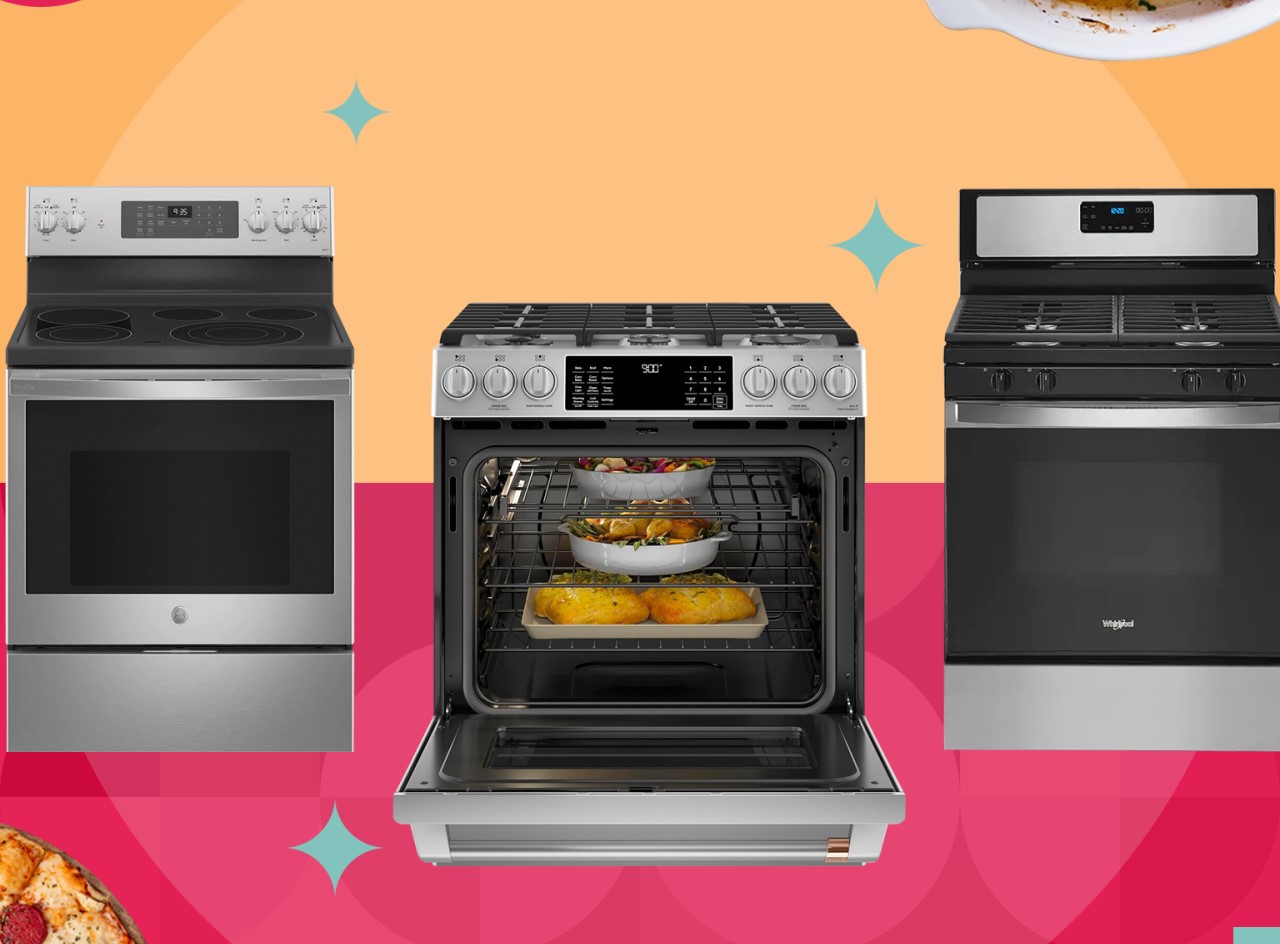
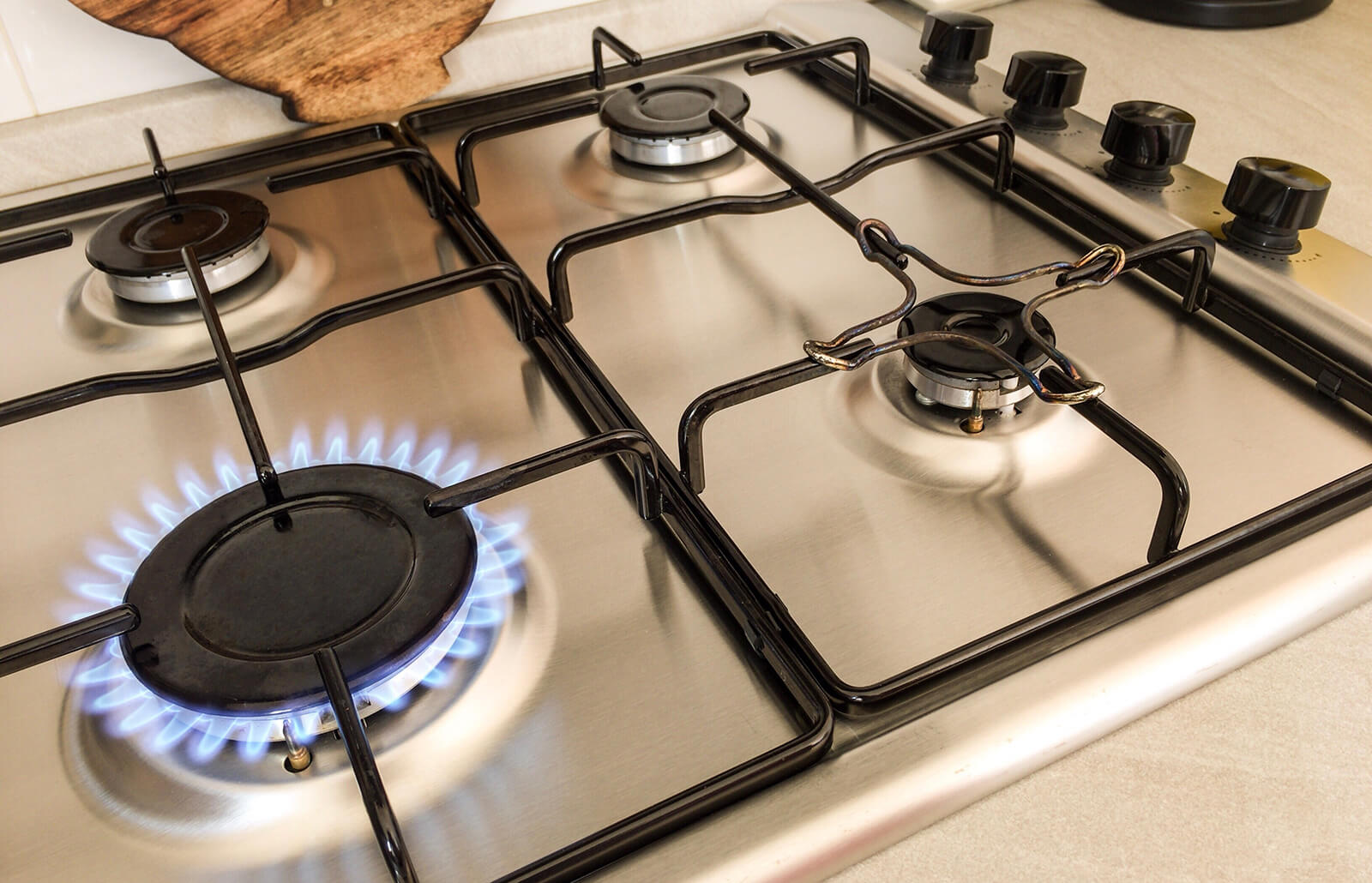
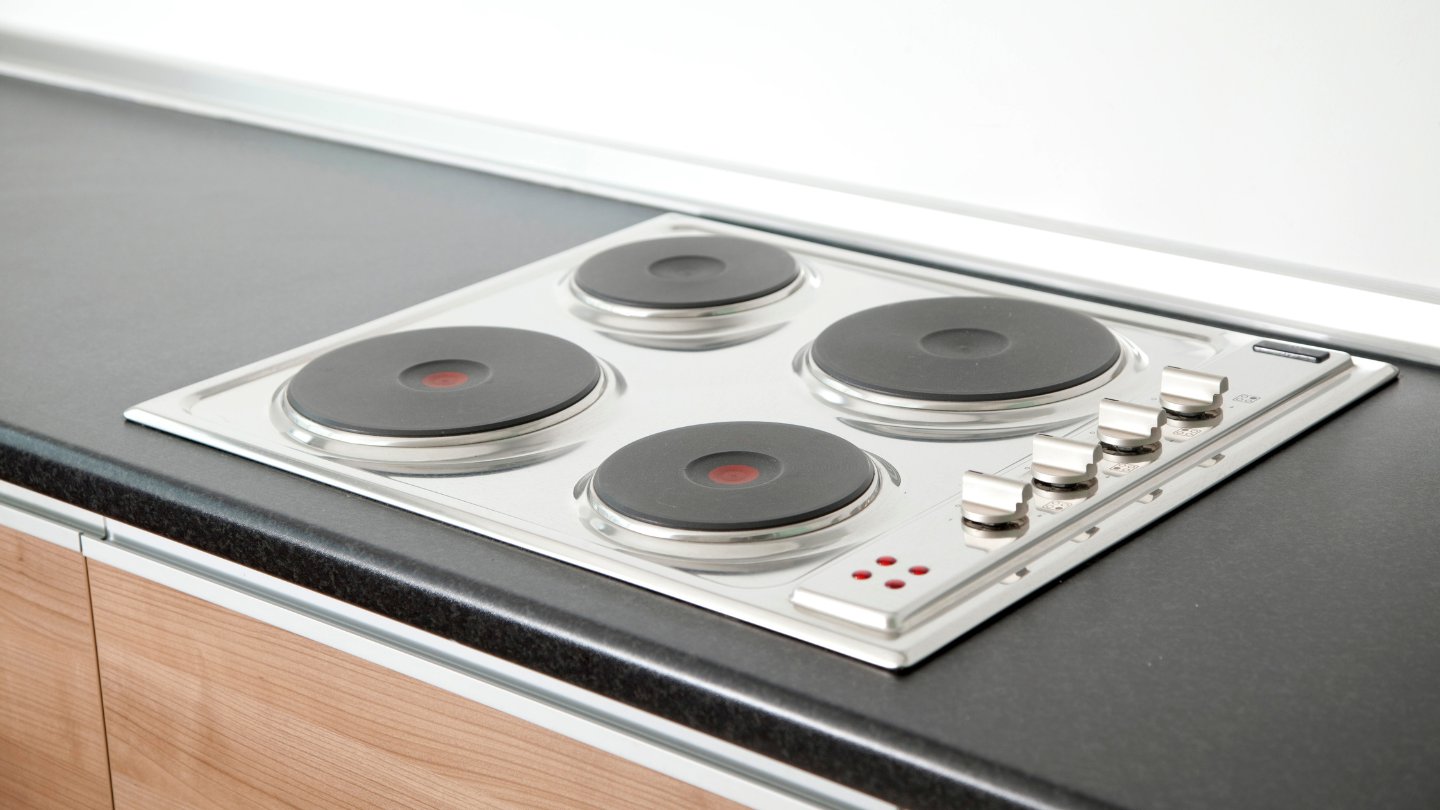
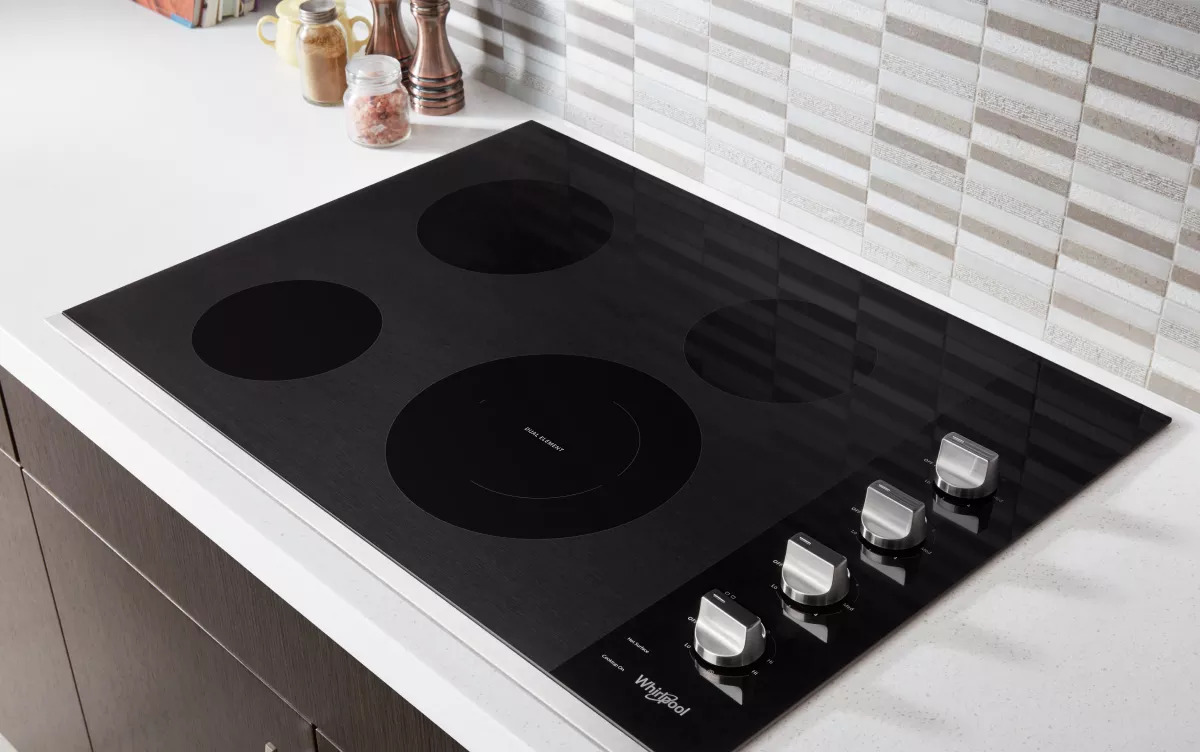
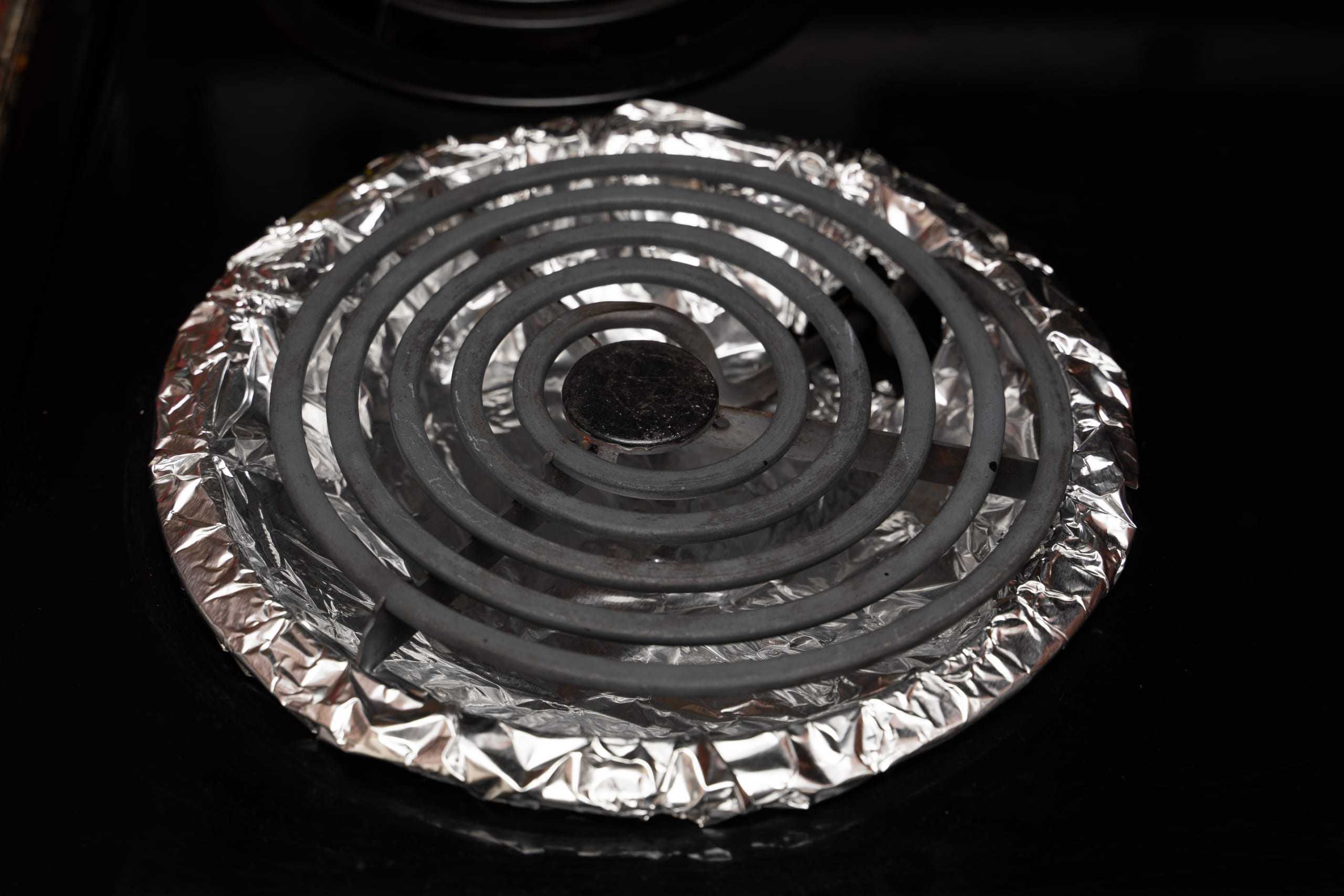
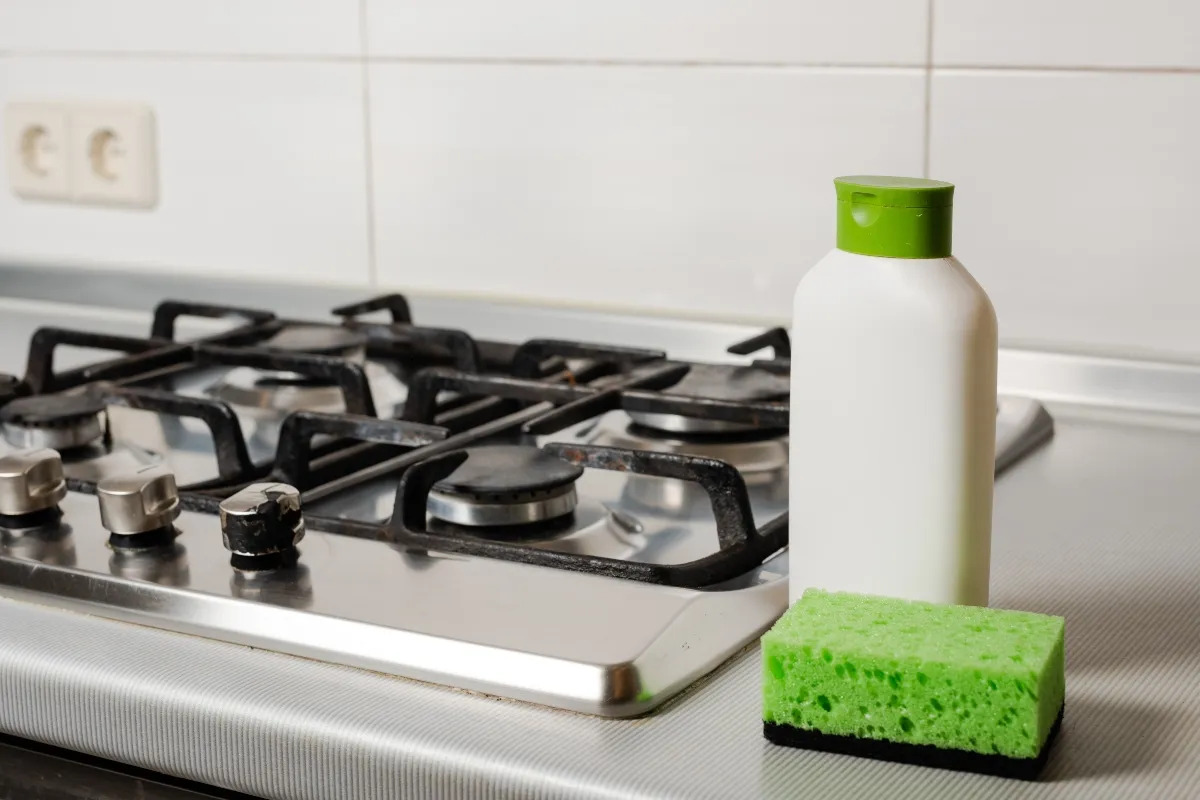
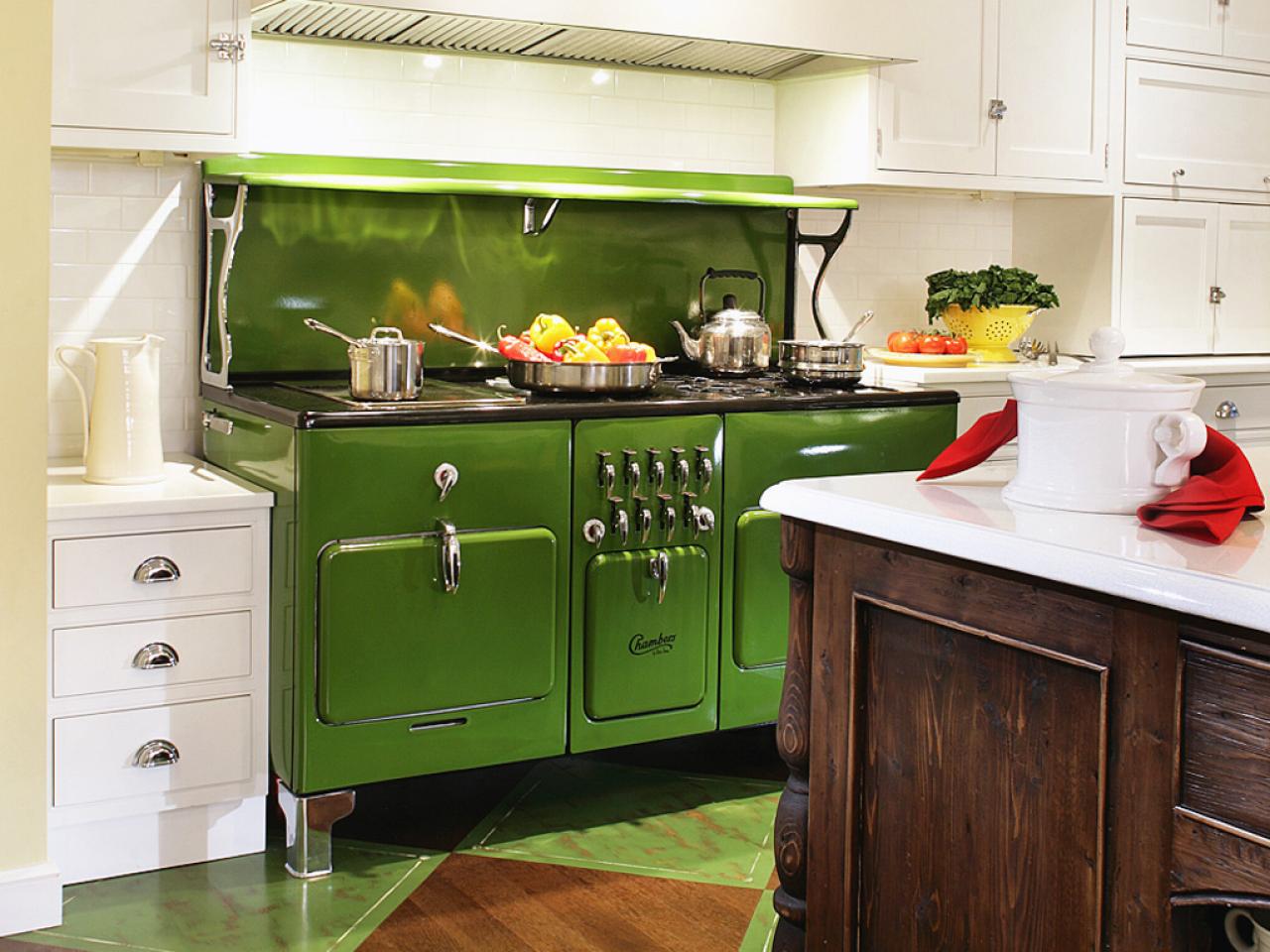

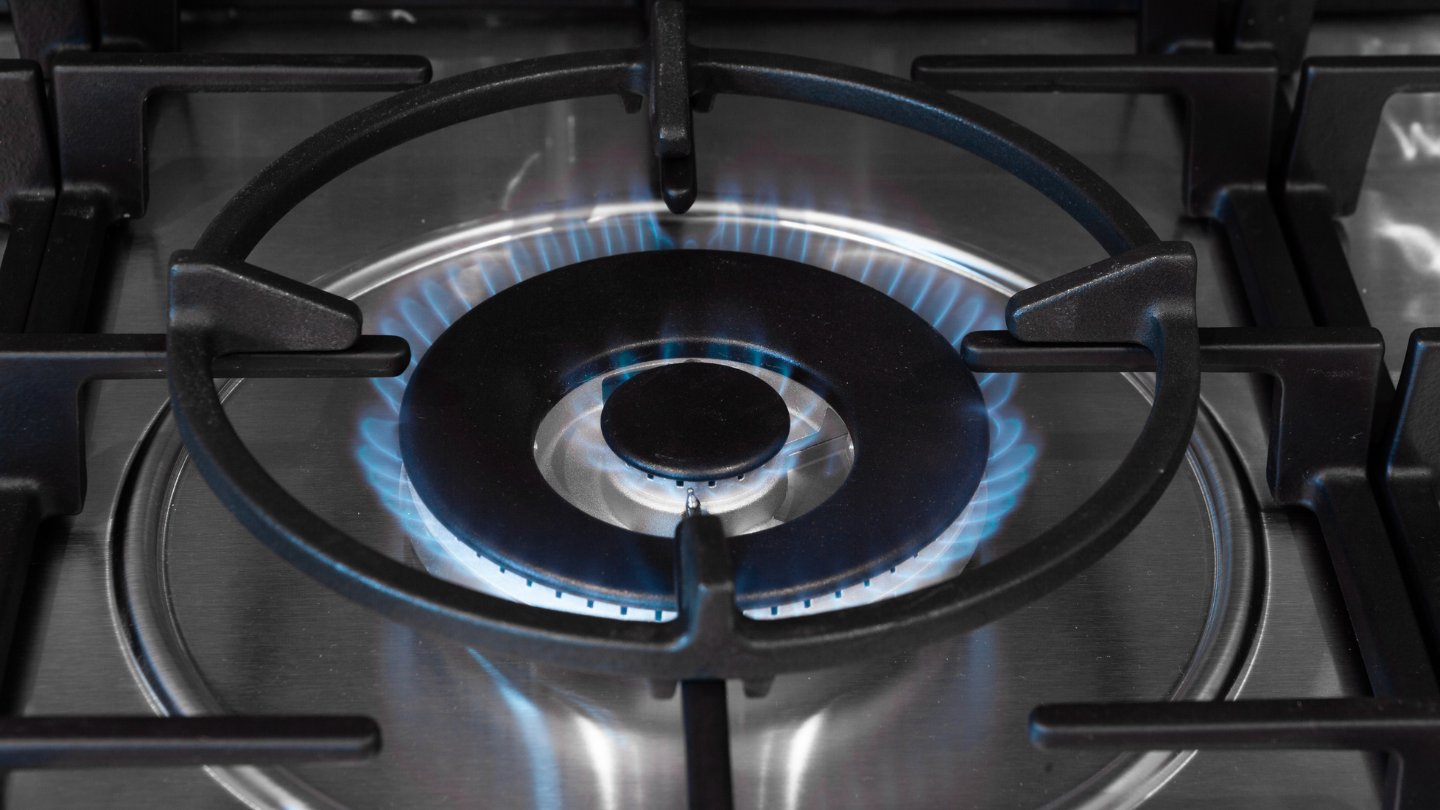
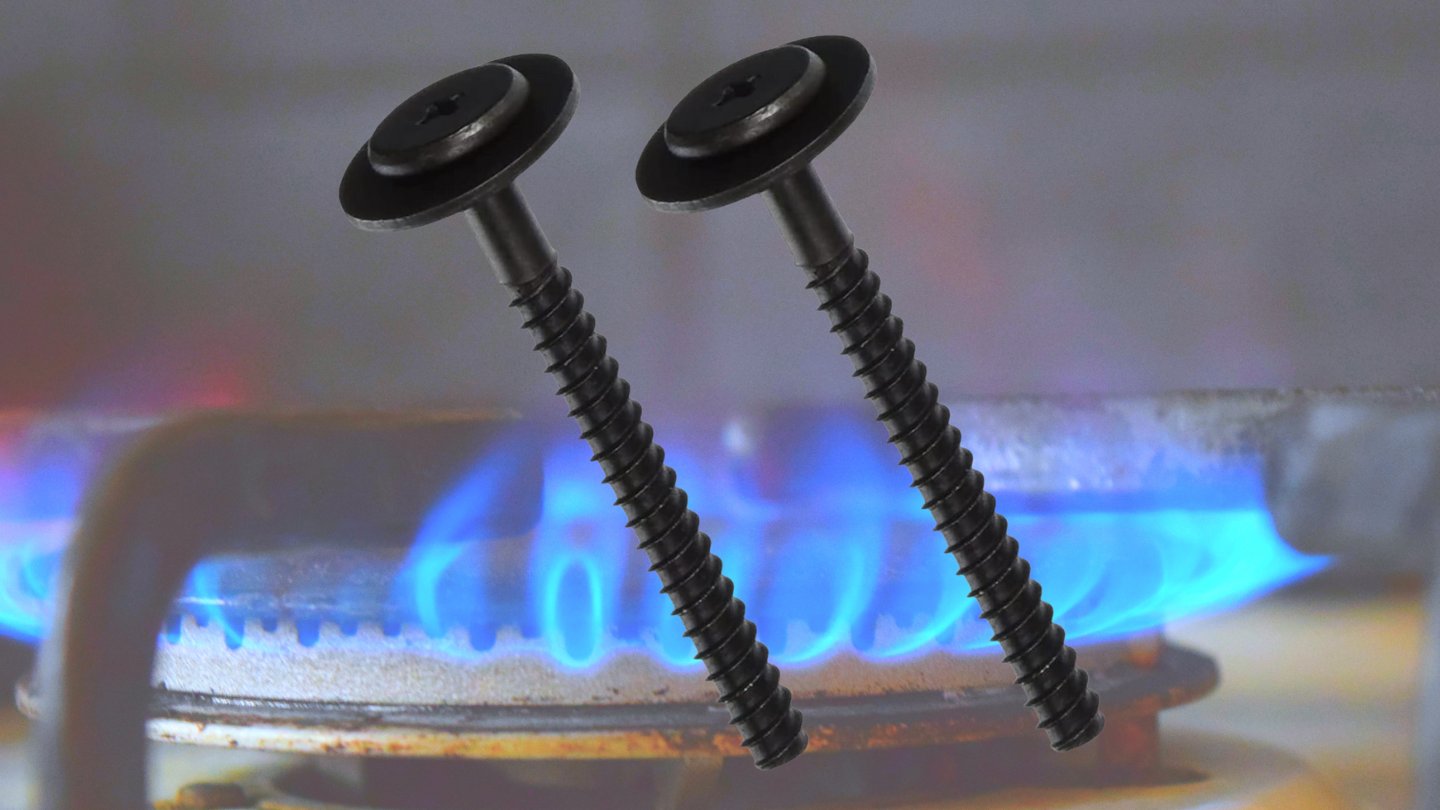
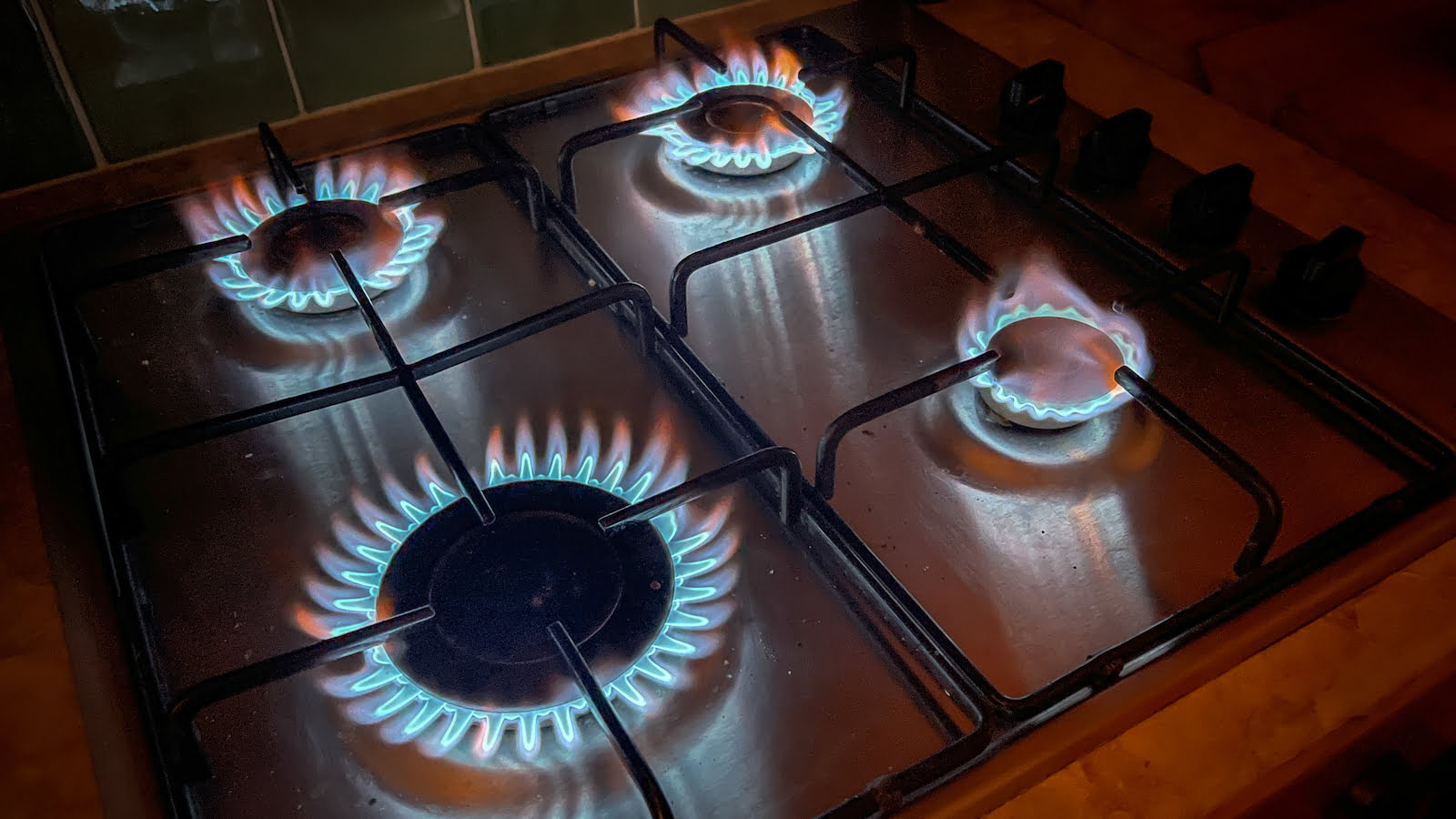
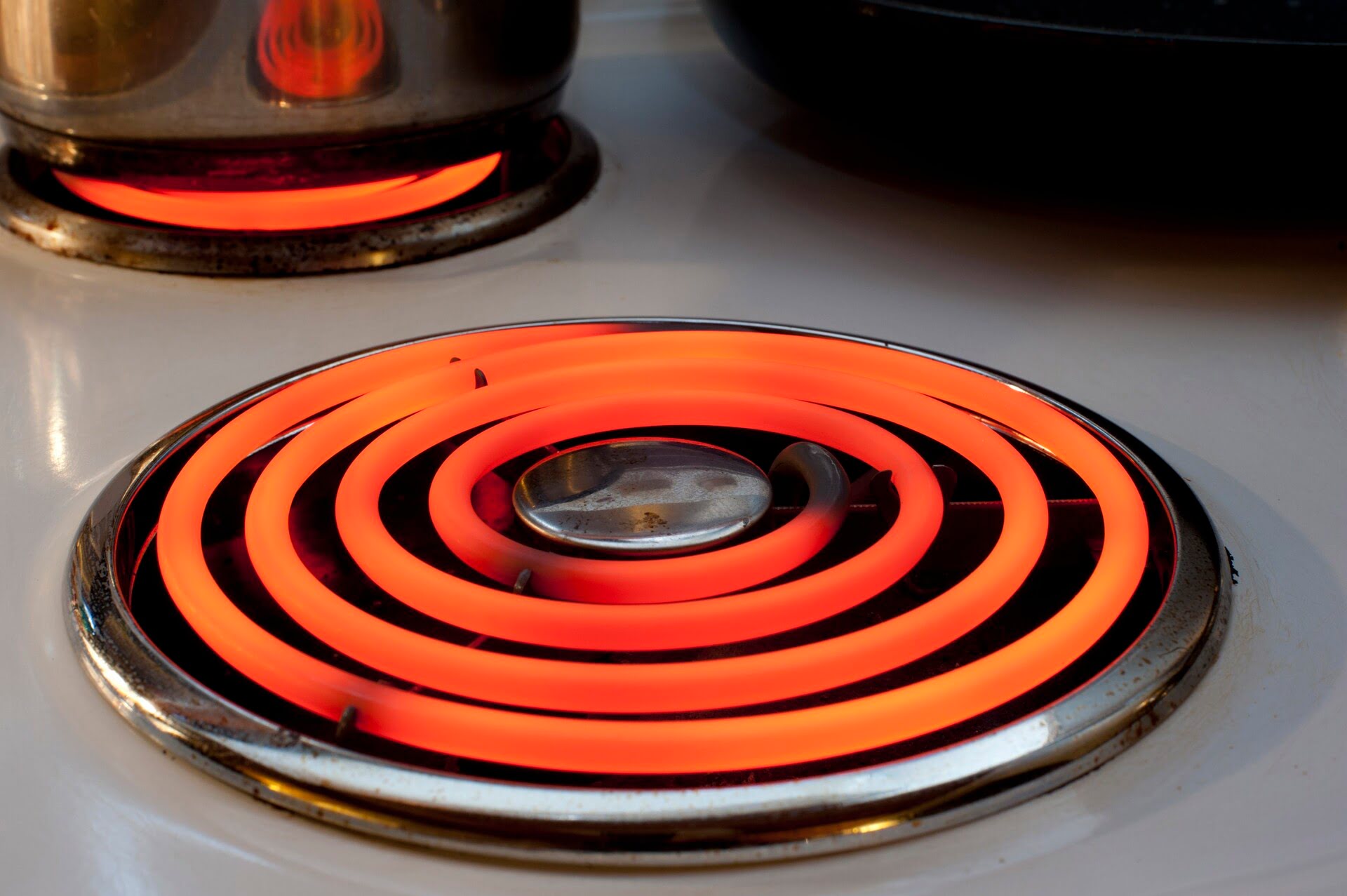
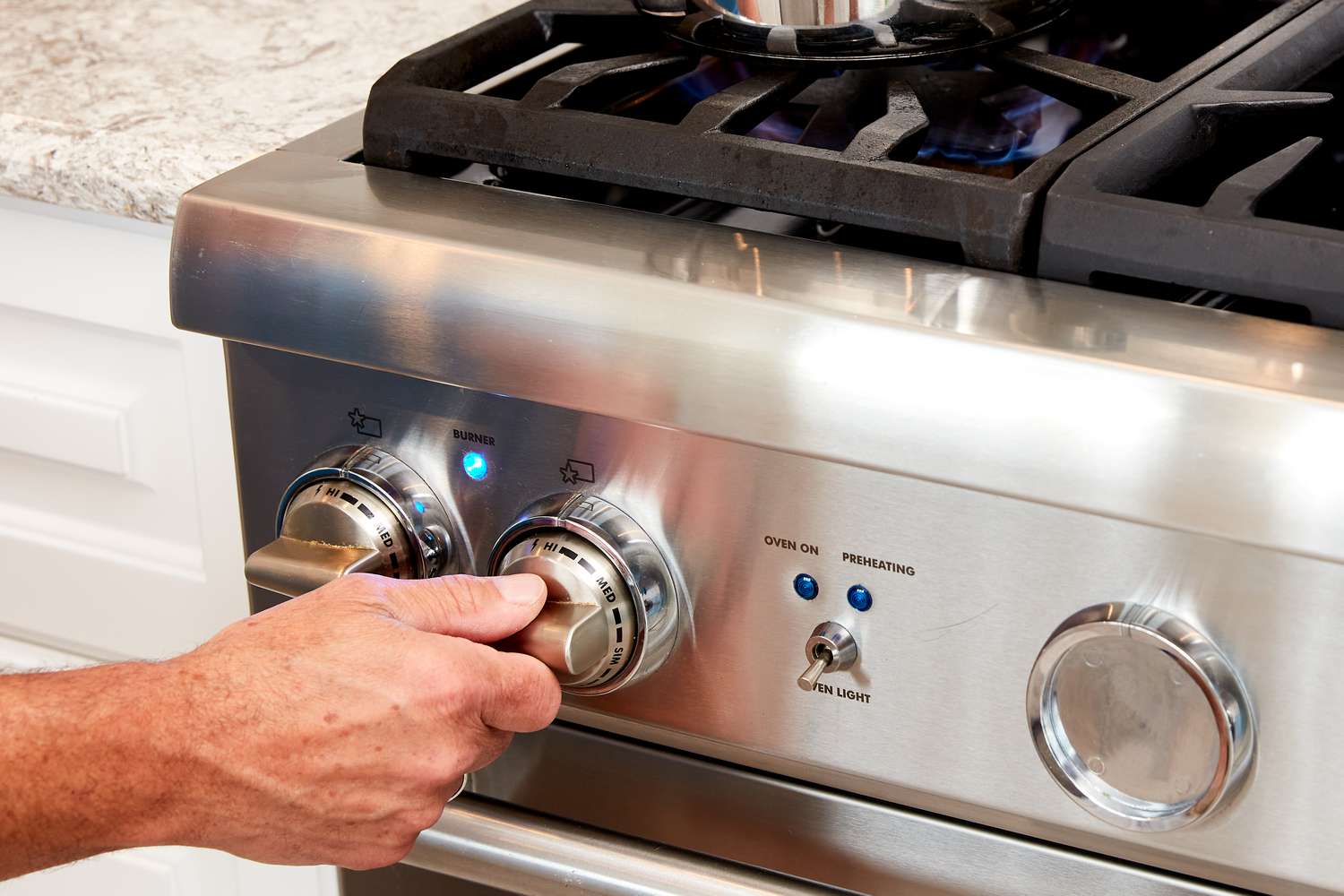
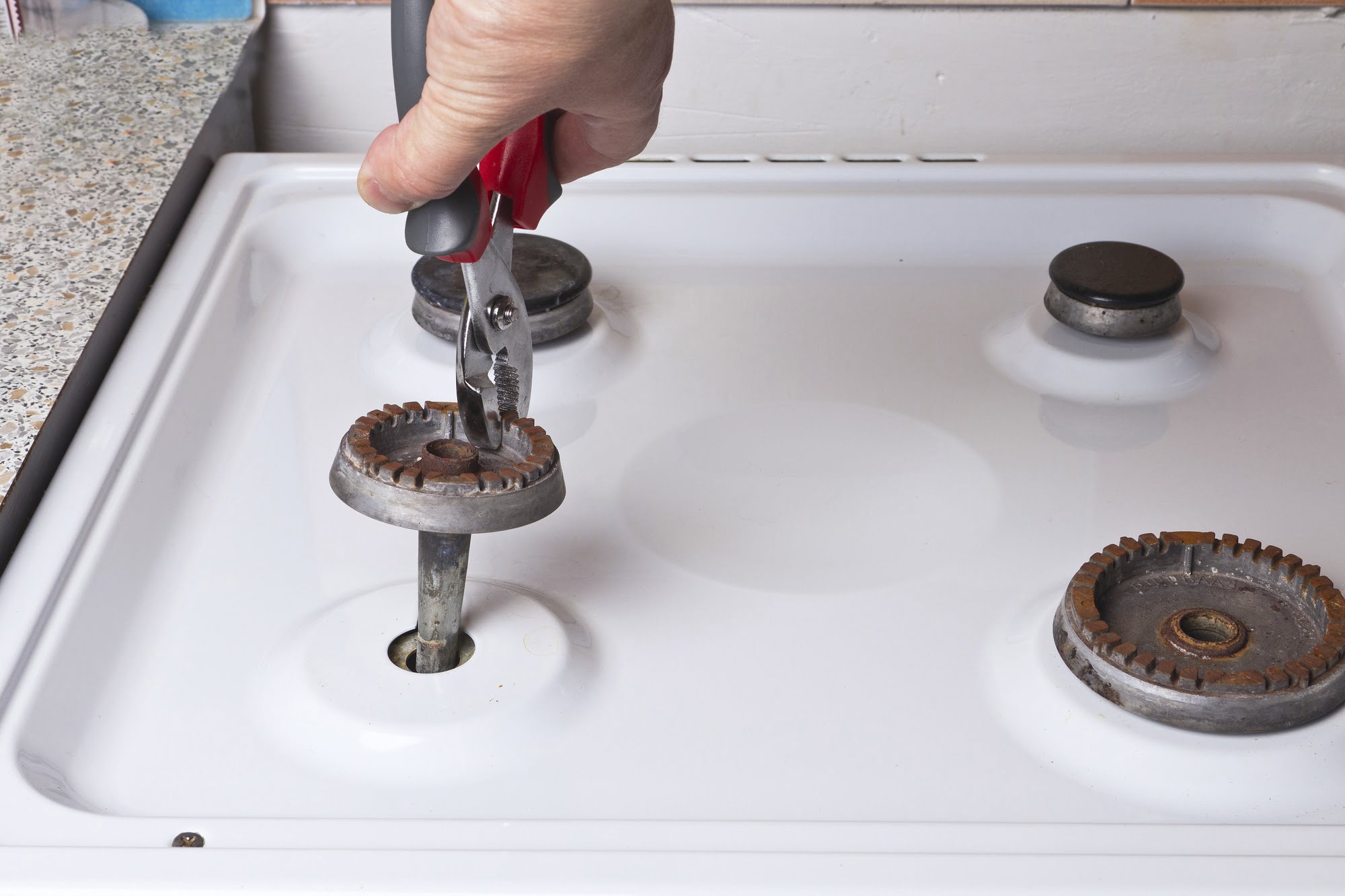

0 thoughts on “What Are Stove Burners Called”